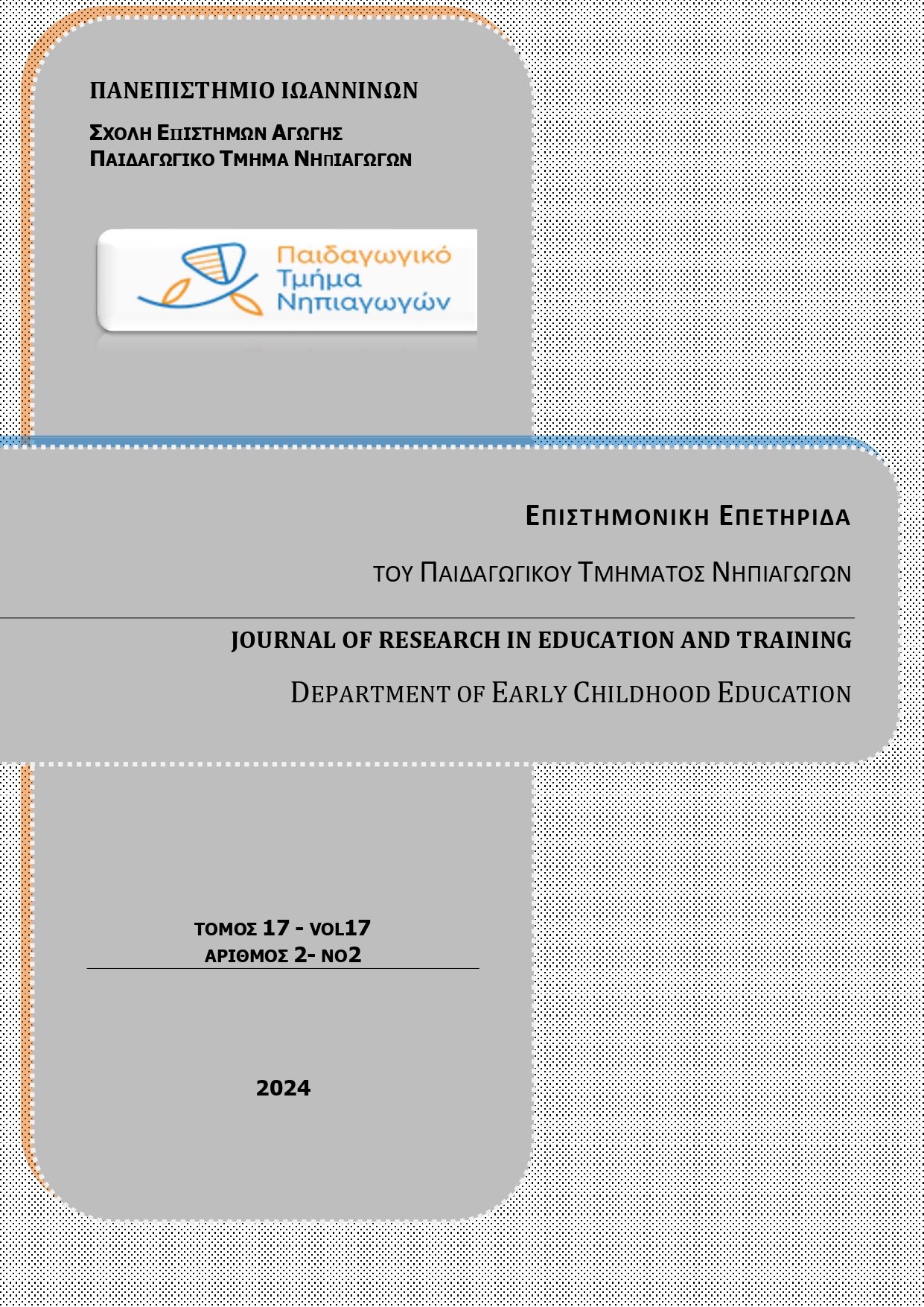The The "heterophthalmia" of public opinion in times of pandemic – Linguistic depictions of children in journalistic discourse

Abstract
During the Covid-19 pandemic, people's lives changed radically. As a result of these changes, language and communication were affected, leading to changes in the ways in which society communicated and interacted on matters of protection and prevention against the new virus during this global crisis.
The paper is part of the general linguistic studies and analysis that texts in the public sphere undergo and focuses on the role of language and how it was used to frame public health messages, policies and measures taken, as well as the role of language in the construction of concepts such as 'individual' and 'social' responsibility.
Specifically, the linguistic representations of children in the media discourse environment in the Greek reality during the pandemic "Covid-19" are investigated. Furthermore, the analysis examines the practices and discursive strategies by which journalistic articles presented, organized and reconstructed the health reality and put the child in the foreground, sometimes as a 'victim', sometimes as a 'perpetrator' but also as a 'tool of covert persuasion' to achieve the consensus of society against the measures.
At the same time, the use of dominant and ideological discourse and its manifestations contributed to the formation of negative or inaccurate opinions through techniques of impressionism (to make the news more exciting), dramatization and exaggeration.
Article Details
- How to Cite
-
Papadopoulou, M., & Tsitsanoudi Mallidis, N. (2024). The The "heterophthalmia" of public opinion in times of pandemic – Linguistic depictions of children in journalistic discourse. Journal of Research in Education and Training, 17(2), 42–62. https://doi.org/10.12681/jret.36373
- Issue
- Vol. 17 No. 2 (2024): -
- Section
- Articles

This work is licensed under a Creative Commons Attribution-NonCommercial-ShareAlike 4.0 International License.
Authors who publish with this journal agree to the following terms:
- Authors retain copyright and grant the journal right of first publication with the work simultaneously licensed under a Creative Commons Attribution Non-Commercial License that allows others to share the work with an acknowledgement of the work's authorship and initial publication in this journal.
- Authors are able to enter into separate, additional contractual arrangements for the non-exclusive distribution of the journal's published version of the work (e.g. post it to an institutional repository or publish it in a book), with an acknowledgement of its initial publication in this journal.
- Authors are permitted and encouraged to post their work online (preferably in institutional repositories or on their website) prior to and during the submission process, as it can lead to productive exchanges, as well as earlier and greater citation of published work (See The Effect of Open Access).


